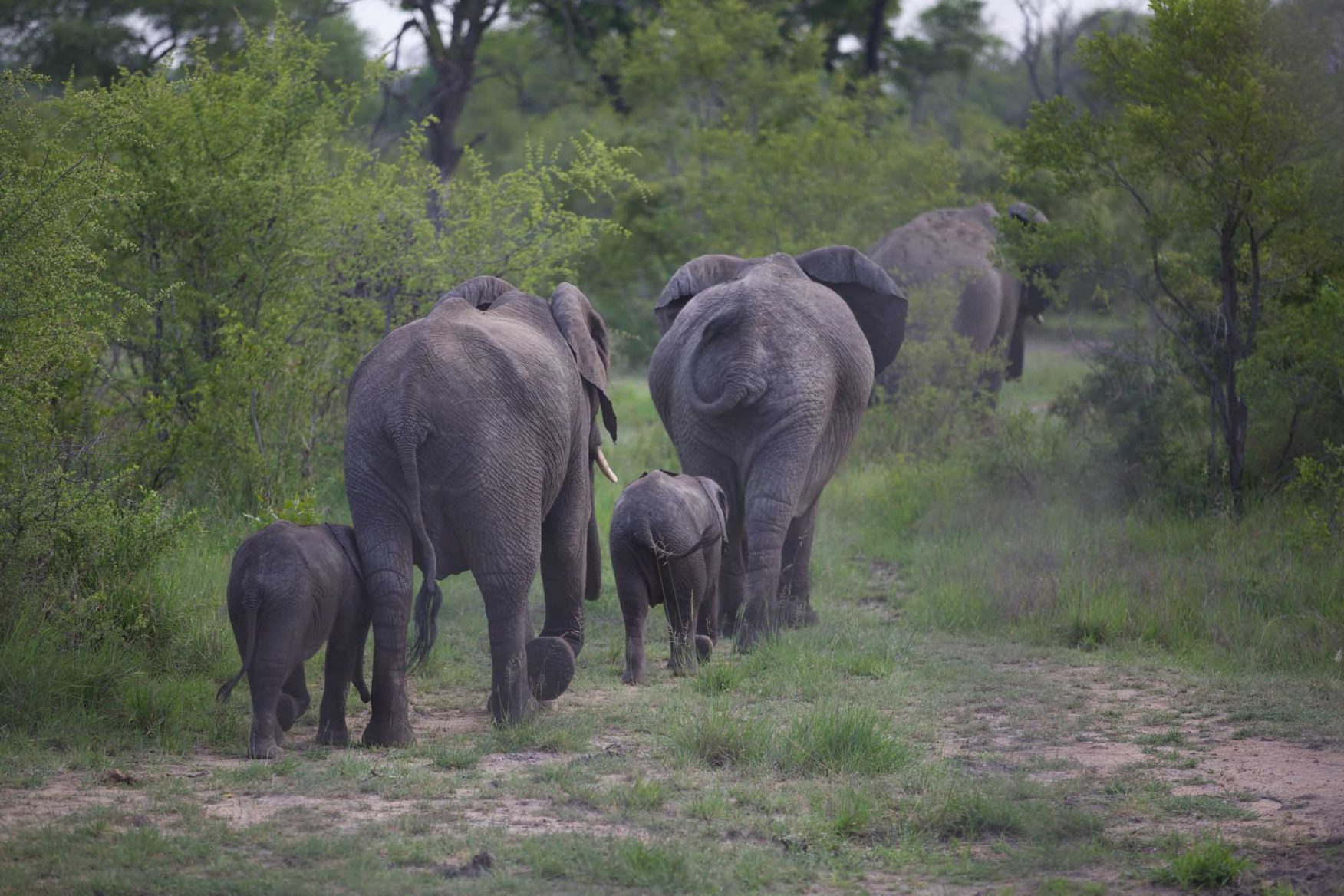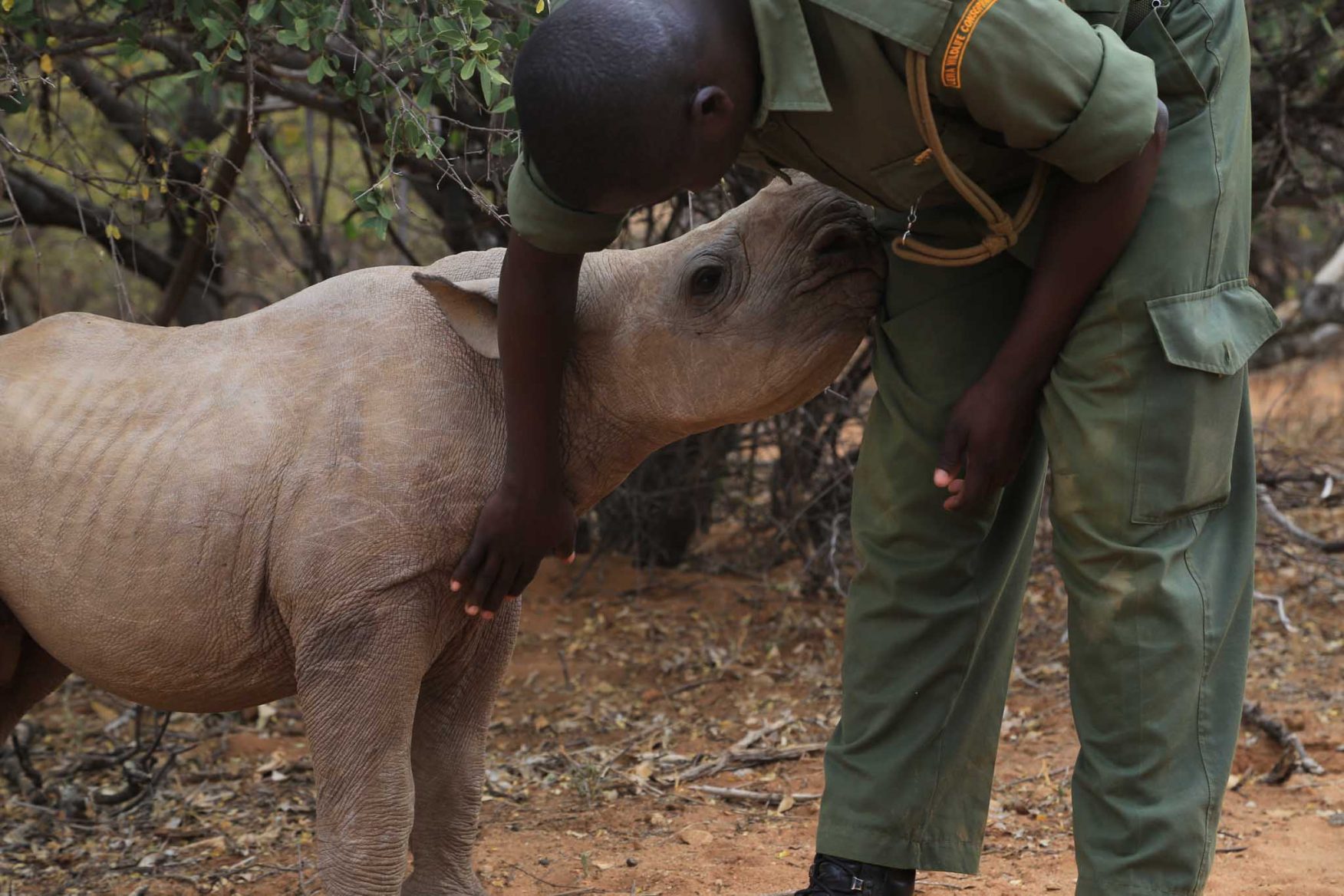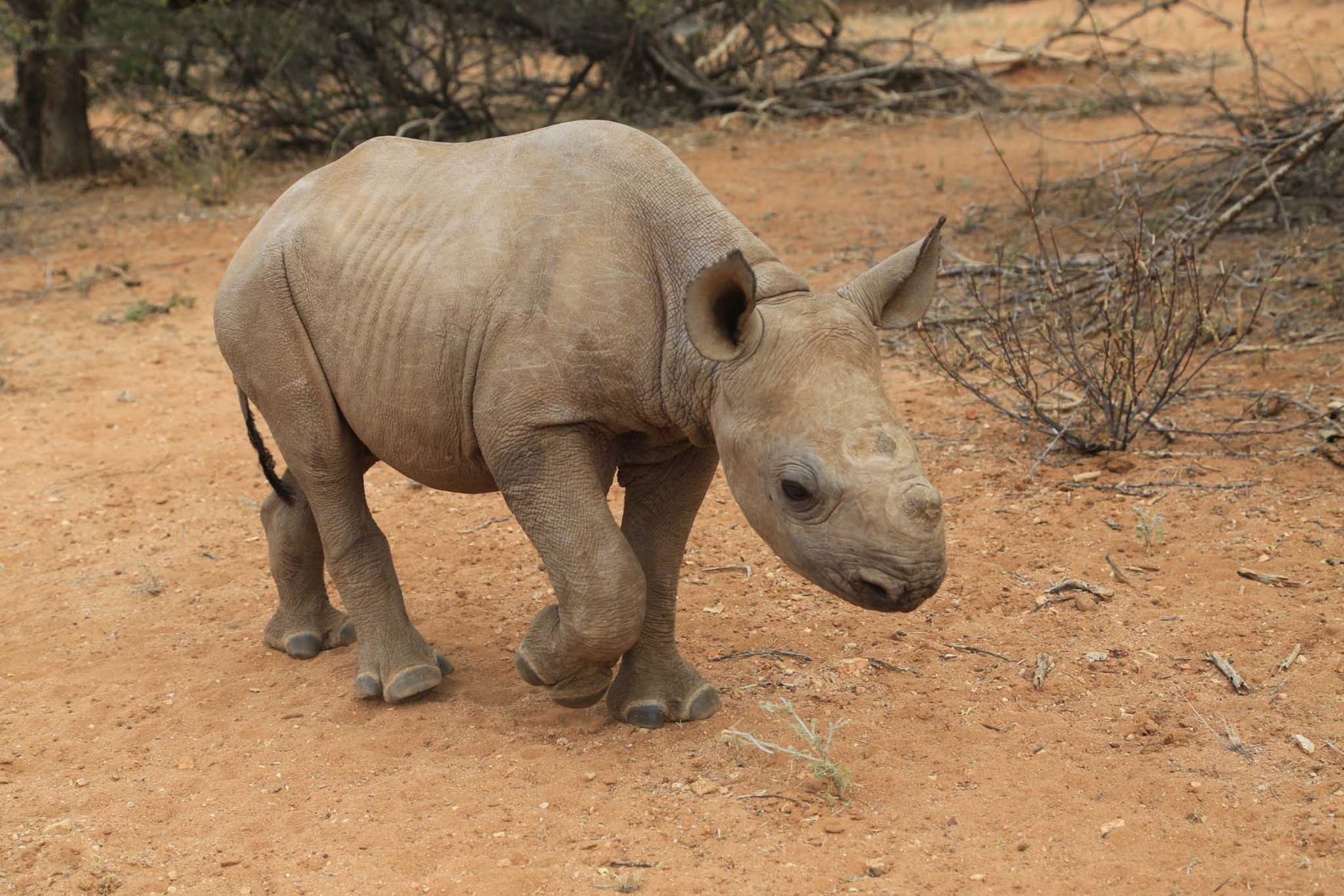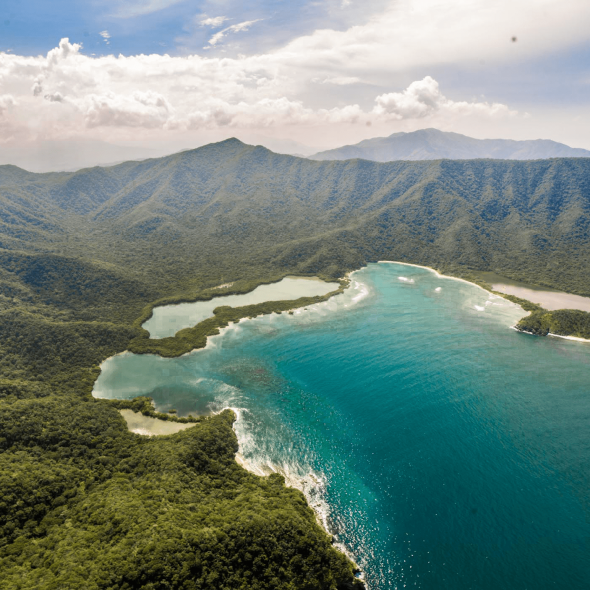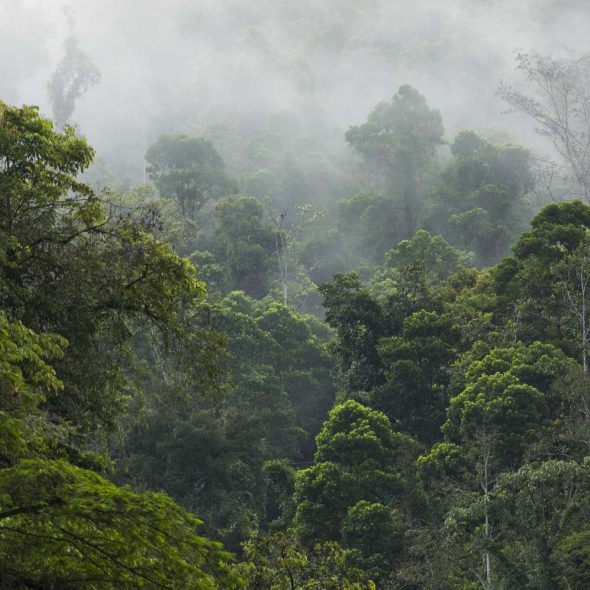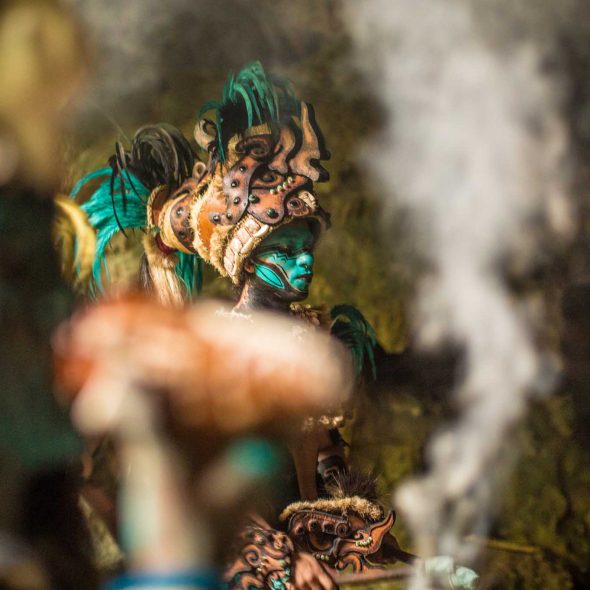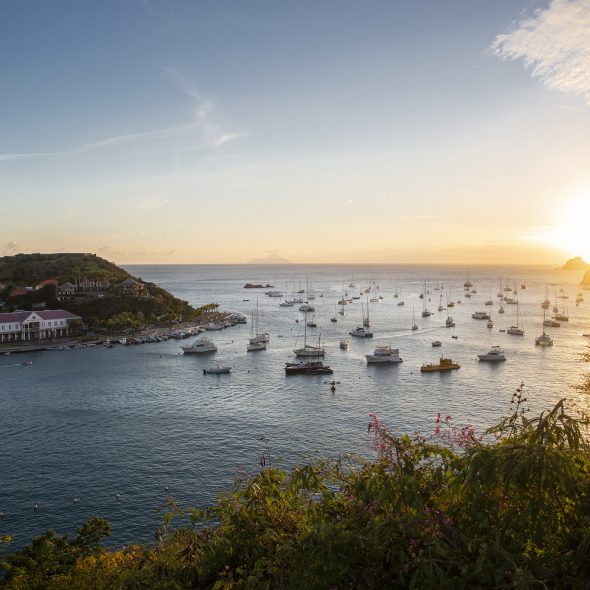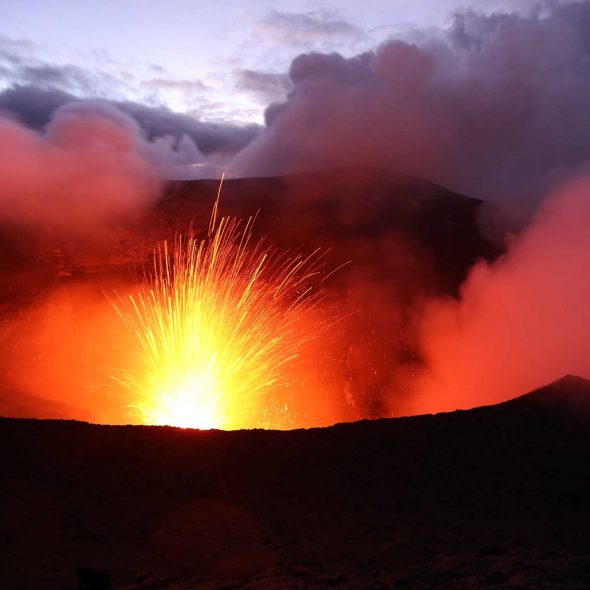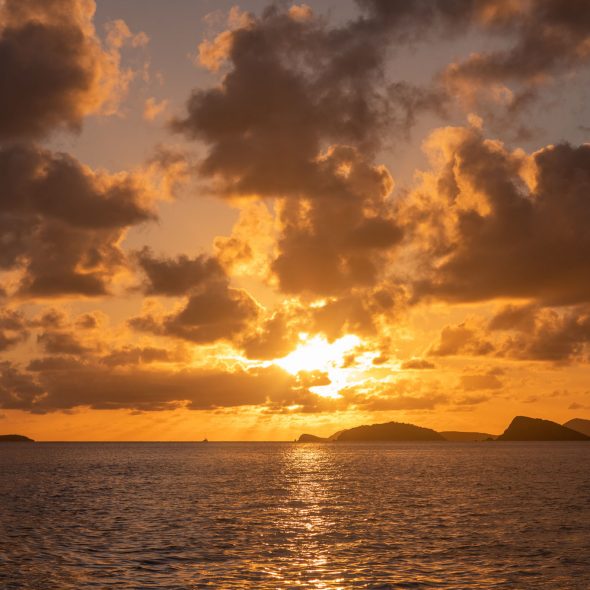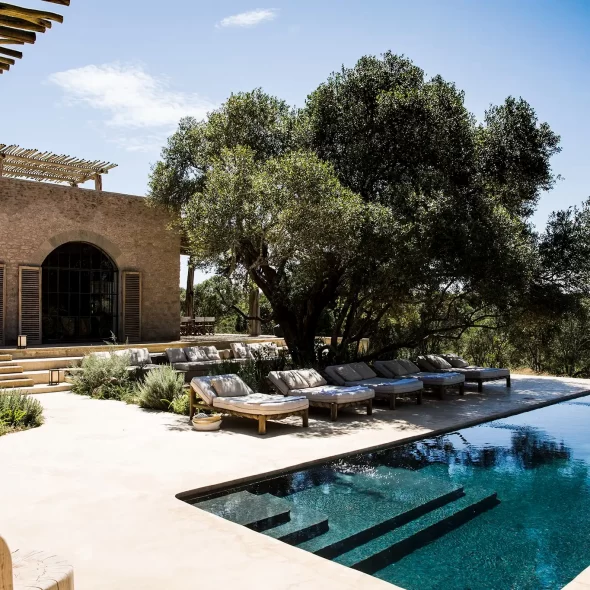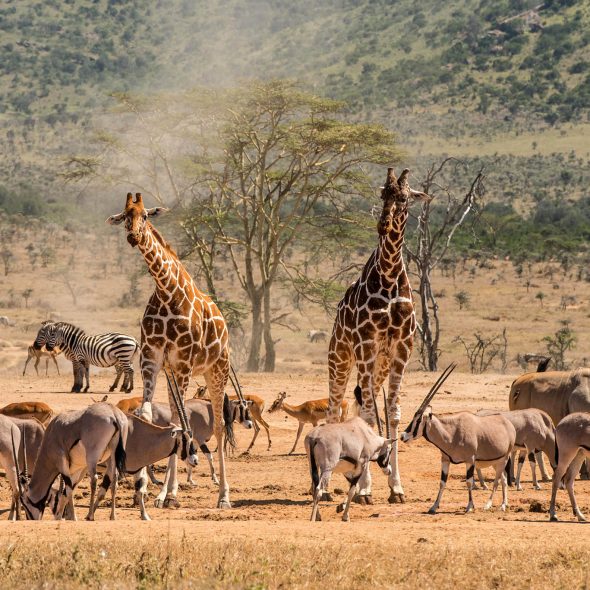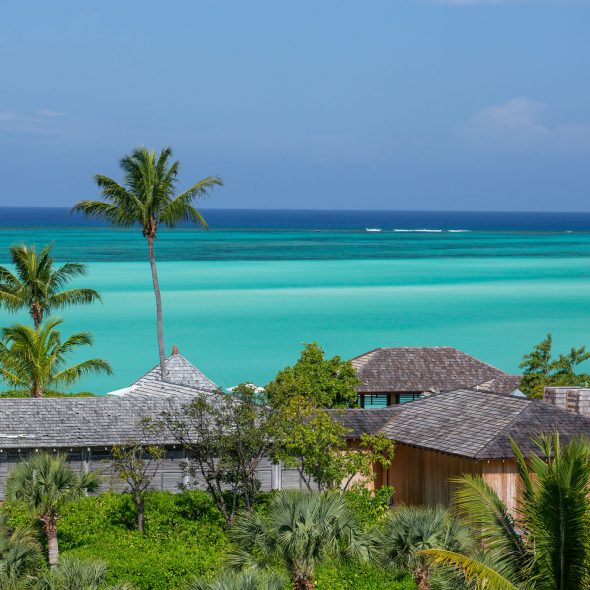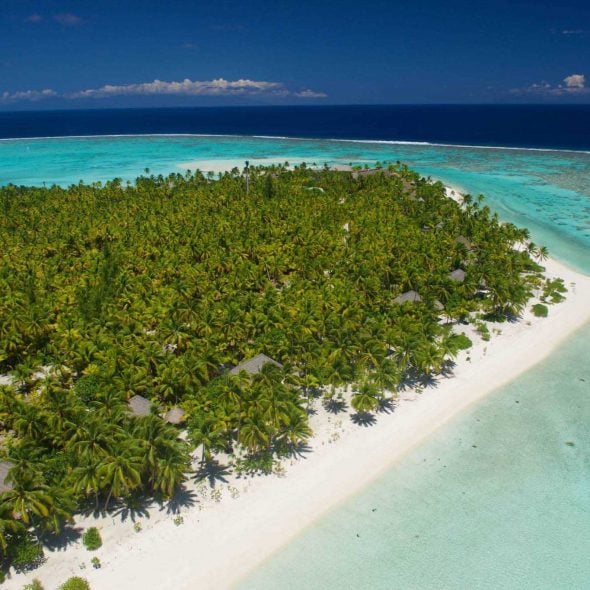It’s no ground-breaking news that right now the world’s wildlife is under extraordinary pressure. From loss of habitat, pollution, hunting, poaching and myriad other threats, some estimates suggest that up to 2000 species worldwide are going extinct every single year.
The vast majority of these species are completely unheard of by non-expert scientists. Though there are of course well-known iconic beasts such as elephants and rhino that are on the absolute brink.
Elephants are killed for their valuable ivory, which serves mainly for ornamental purposes, from chess figures and billiard balls to luxury chop sticks and other small decorative objects of “art”. Rhino horn on the other hand is used as an ingredient, highly prized in traditional Chinese medicine.

While the Western media often focusses on its supposed aphrodisiacal benefits, the real practitioners and patients of traditional medicine truly believe rhino horn to be a powerful agent curing ailments from hangovers to cancer.
Using rhino horn in such a context is as much a matter of belief as it is status – an expensive ‘detox’ cure which overlooks the fact that it is made up of keratin proteins, the same substance that your hair, finger and toenails are made of. If chewing your finger nails has no medical benefit, nor does consuming rhino horn.
The rarity of rhino horn and the growth of demand for it has meant its price has shot through the roof over the last decade. Though international trade has been banned since the 1970s, the gains from the black market are huge, with disastrous implications for all rhino species. Players involved include organised crime syndicates, military and paramilitary forces, as well as corrupt government agencies.
A war is literally being fought, with the main victims not only being the animals, but also the local communities in Africa. Social discordance and decay is a common outcome within communities that have turned to poaching. False economies borne from an initial boom of wealth can lead to poverty and great suffering once the rhino population, and therefore the source of income, is gone.
Whilst international efforts through CITES and similar organisations are having some success in curbing the trade, two things need to happen: demand needs to be reduced by enforcing stricter laws in the receiving markets, and public opinion needs to be swayed away from using these animal products.
But this can take time. Time that these animals don’t have. Estimates hold there are now only 25,000 wild rhinos left in the world, with some sub-species critically endangered or on the brink of extinction.
At the peak of poaching in 2014, 1,215 rhinos were killed in one year. Since then the poaching numbers have slowly been falling each year to 769 in 2018, but that’s still at least 2 rhinos every day.
It doesn’t take complicated calculations to figure out that the next human generation could grow up without wild rhinos if this massacre isn’t stopped. Rhinos are slow growing and slow-to-reproduce, so apart from the appalling brutality involved (horns are hacked off the living animal and the animal is left to perish), these numbers are not sustainable.
The good news is that the slight reduction in kill numbers could mean that anti-poaching efforts are having an effect, or (more dauntingly) it could mean that poachers are simply finding it harder to locate rhinos as the numbers are dwindling.
Let’s take the positive and optimistic approach; efforts are having an impact.
But what can you do?
Firstly – apologies but it’s obvious – don’t buy or consume any products made from ivory or rhino horn.
Secondly, please spread the word through your networks not to buy or consume products made from ivory or rhino horn. It’s not cool. It just means the owner of such products doesn’t care about anyone else or the planet. You could even call people out if they persist. Only courage will prevent ecological disaster!
But supposing you are not involved in the purchasing and consumption of these products – what else can you personally do to prevent such catastrophic extinction? How can we help to ensure that generations to come will still be able to travel and see these magnificent creatures roaming the great African plains as they have done for millions of years?
The solutions are far from simple, and each has benefits and drawbacks…
Progress can be made by supporting the organisations that have real and tangible impacts on the ground. Many of these are closely affiliated to the travel industry and we are proud to support their efforts.
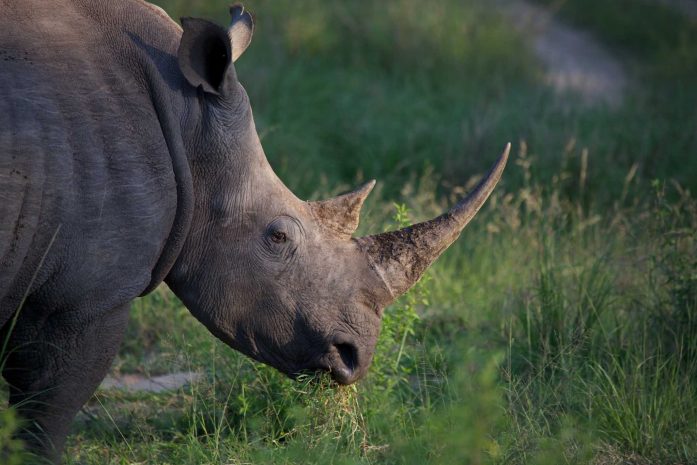

In many private conservancies and national parks, rhinos literally have body guards. They are tagged and monitored and have armed units watching over them day and night. This comes at considerable cost (including human life, as poachers shoot to kill – and not only rhinos) and can also lead to corruption. Many charities and travel companies focus on funding such ranger units. Other conservancies have experimented with dyeing the horn of rhinos to spoil it for use, or have the horns surgically removed (which in practice doesn’t actually prevent poachers from killing them anyway – unbelievable but true).
One of our favourite initiatives comes from Great Plains – a conservation company led by legendary photographers and film makers Derek and Beverly Joubert, that marries serious wildlife conservation with absolutely superb safari experiences.
Great Plains have partnered with another leading safari conservation company, andBeyond, within a wider group to fund the extremely effective high-profile initiative ‘Rhinos without borders’.

The concept behind this initiative is extremely clever, yet surprisingly simple in theory: remove at least 100 rhinos from where they are actively being poached and hard to protect in South Africa, to somewhere where poaching virtually doesn’t exist, and where rhinos can be effectively protected – in Botswana – forming new breeding herds to grow a healthy and safe rhino population there.
Sedated rhinos are relocated by air to shorten the travel time and minimise stress to each individual animal. Once released each rhino is fitted with a telemetry device for ongoing research and monitoring. The project is now nearing completion, with 87 rhinos successfully relocated, and at least 22 new rhino calves born.
The Great Plains Foundation also works with local schools to educate rural communities and foster the next generation of conservation leaders in their Student Conservation Camps, as well as several other highly strategic and extraordinarily dedicated conservation schemes.
Meanwhile, focussing on the world’s dwindling elephant populations, the Big Life Foundation guards 1.6 million acres of pristine wilderness in the Amboseli-Tsavo-Kilimanjaro ecosystem.
Partnering with local communities, NGOs, national parks and government agencies, they aim to protect East Africa’s flora and fauna, including one of the largest elephant populations in East Africa.
Employing hundreds of local Maasai rangers at 30 permanent outpost and field units, equipped with land cruisers, tracker dogs and 2 surveillance planes, Big Life was the first privately funded organisation in East Africa to establish serious cross-border anti-poaching operations.

Big Life has pioneered a holistic approach to conservation which ensures the local communities have a substantial interest in participating in conservation efforts of this ecosystem – a model that could be replicated across Africa. As a result, over 3,000 anti-poaching arrests have been made and close to 4,000 confiscations executed.
There are countless ways of helping to support the foundation’s efforts, from donations, to travel, to providing vehicles, night vision goggles or other equipment, to getting involved with educational community projects.
If you would like to experience the amazing work of these foundations, why not start with a visit to Amboseli and Tsavo to see Big Life’s impact on the ground, combining your visit with Botswana to experience Rhinos Without Borders work first hand?




